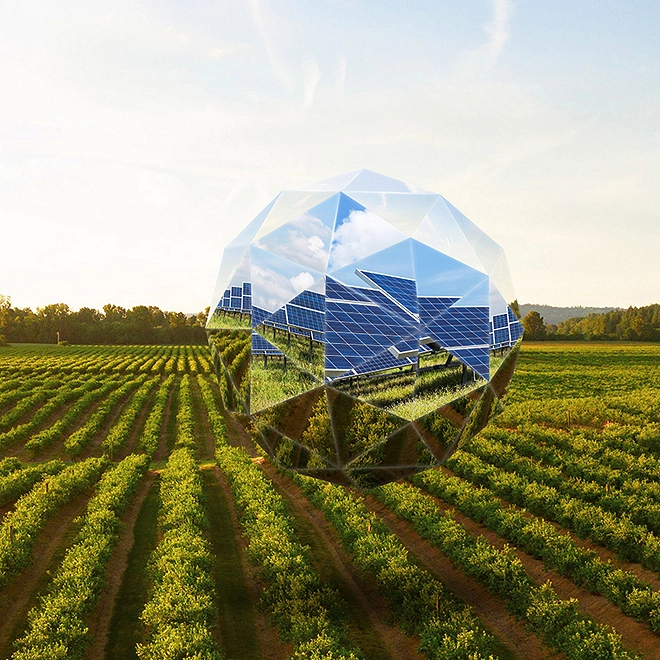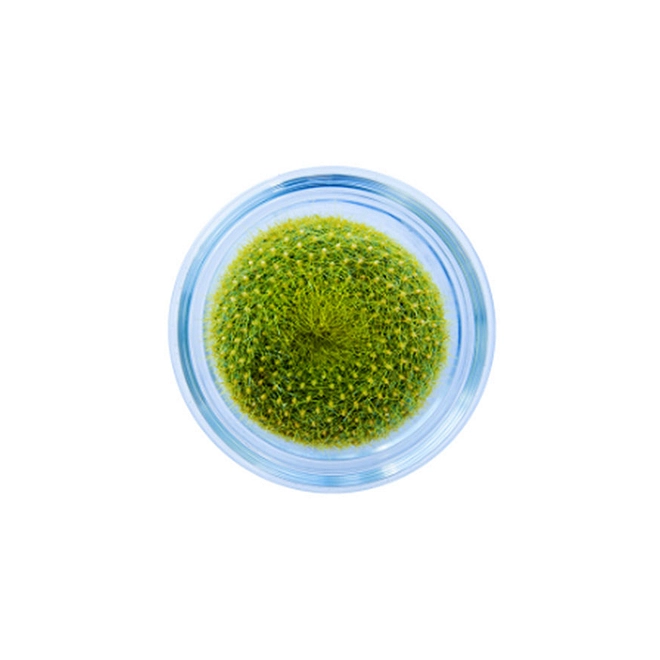Thread Lightly: T-Shirt Sustainability Unravelled
Explore your fashion footprint. Look, feel and learn how your choices impact the planet.
Fast fashion is booming. While that’s great news for your wardrobe, it’s bad news for the planet; from material production to garment disposal, Earth is choking under its weight.
Fast fashion facts:
- Today’s average consumer buys 60% more items of clothing and keeps them for half as long compared to 15 years ago.1
- 150 billion garments are produced each year, with 92 million tonnes ending up in landfills.
- The fashion industry produces 8-10% of global CO2 emissions, and if no action is taken, its emissions are expected to double by 2030.
T-shirt sustainability unravelled
As part of the Melbourne Fashion Festival Independent Programme, Deloitte’s Sustainability and Climate team curated a transformative experience highlighting the power of conscious consumerism.
Our pop-up installation showcases ten white t-shirts made from either ‘Threads of Today’ or ‘Threads of Tomorrow’. Discover how your clothing choices impact the planet and the sustainable and innovative fabrics shaping the future of fashion.
LOCATION
Olderfleet, 477 Collins Street, Melbourne 3000
Open from 8am daily from 26th February – 8th March 2024.

Where possible the materials used in this display are reusable, recyclable or sustainably sourced.
Threads of Today
The fashion industry today uses diverse natural and synthetic fibres, each with unique traits. While each has benefits, they also have an environmental impact.
Threads of Tomorrow
The fashion industry is shifting towards an era of eco-conscious fashion sustainability via fabric innovation, recycling and the second-hand market.



